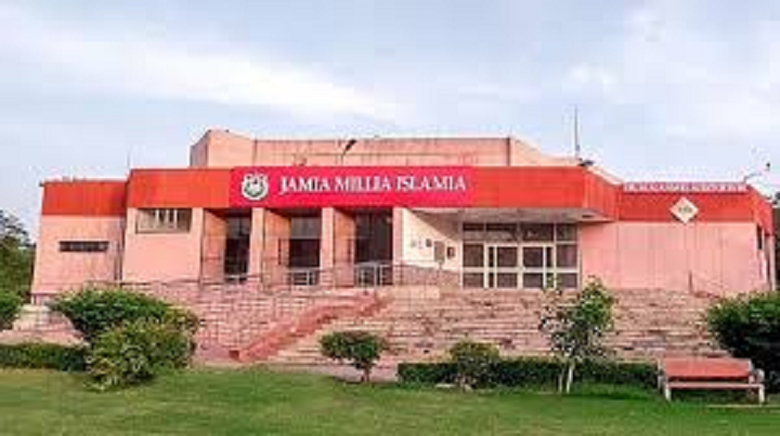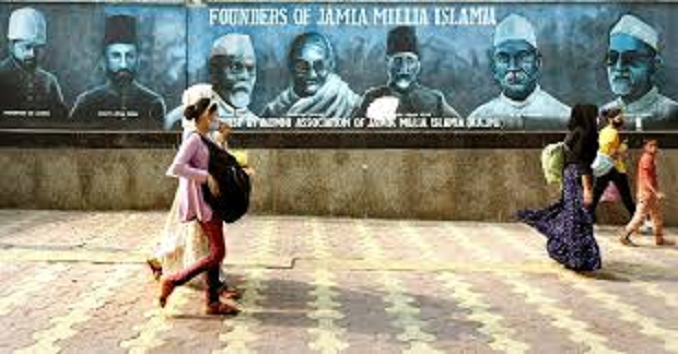Today is Jamia Millia Islamia's foundation day. Learn how this institution came into being; these individuals played a key role.
- bySherya
- 29 Oct, 2025

Jamia Millia Islamia's Foundation Day is celebrated on October 29. The institution was established in 1920 amid the freedom struggle with the aim of promoting patriotic and self-reliant education.

Jamia Millia Islamia, a quiet campus sprawled in Okhla, amidst the bustling streets of New Delhi, is home to the Jamia Millia Islamia. Today, the name symbolizes not just a university, but an idea, a struggle, and a legacy. Its foundation day is celebrated every year on October 29th. But few people know that Jamia's beginnings were not with a grand building, but with movement, sacrifice, and silent hopes burning in small rooms.
The year was 1920, and the nation was bubbling with the struggle for independence. Voices against British rule had grown louder. At that time, some students and teachers in Aligarh were concerned that the British government was exerting increasing pressure on education. They wanted education to progress with freedom, nationalism, and a sense of belonging. This vision gave birth to Jamia Millia Islamia, a university that would stand on its own two feet, adhere to its principles, and become a home for education for all classes.
Maulana Mohammad Ali Jauhar, Hakim Ajmal Khan, Dr. Mukhtar Ahmed Ansari, and Abdul Majid Khwaja were its founders. One of the leaders who gave the movement its vision and direction was Mahmud Hasan Deobandi. Later, Dr. Zakir Hussain, who later became the President of India, became one of the key figures in Jamia's identity. Reports indicate that the institution played a significant role in the freedom struggle.
Aligarh to Delhi journey
In 1925, Jamia moved from Aligarh to Karol Bagh in Delhi. The space there was small, and resources were limited. But the vision was strong, and in 1935, Jamia found its home in Okhla, where the university stands today on 239 acres. In 1962, Jamia received recognition from the University of Technology (UGC), and on December 26, 1988, it became a central university through an Act of Parliament.



